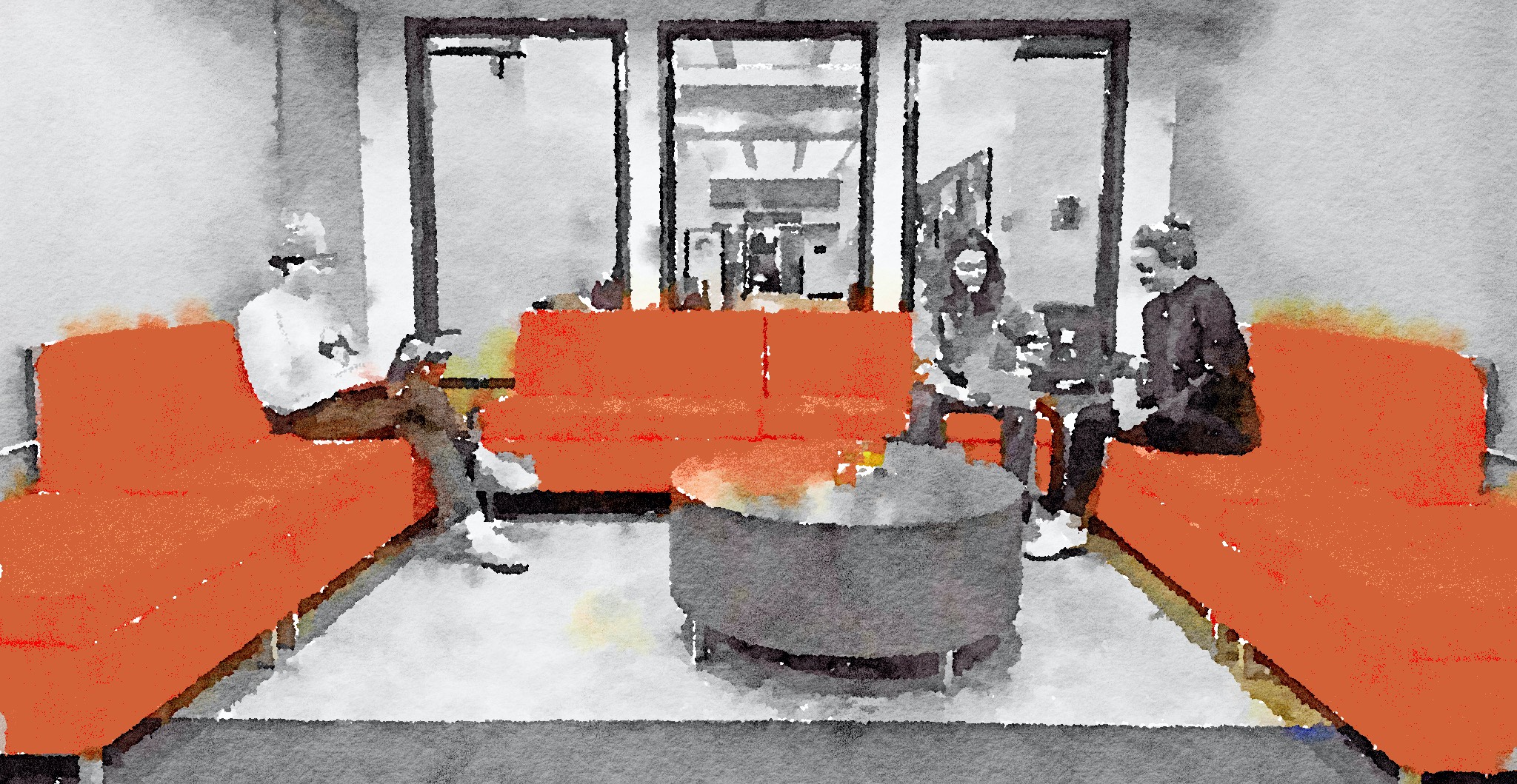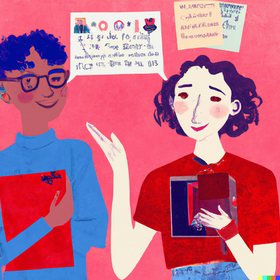💻 UCWbLing Blog
UCWbLing is a blog created by writers for writers. Building on the mission and values of the Writing Center (formerly the University Center for Writing-based Learning, or UCWbL) at DePaul University, UCWbLing provides a space for all writers to share resources, develop ideas, announce and promote events, reflect on written communication, and raise and debate topics about writing. We encourage and appreciate active participation by any and all readers, writers, instructors, and researchers.
UCWbLing’s Mission
UCWbLing provides the Writing Center with a place for us to share and reflect on our own work as Writing Center Tutors. We answer questions that writers have–and questions writers might not even know they have. We invite not only writers to find the useful, compelling content here, but we also invite instructors and researchers of writing to join our community.
On UCWbLing, we promote the Writing Center and all that we do. UCWbLing is where you’ll find the staff of the Writing Center writing, thinking, collaborating, teaching, learning, and, of course, blogging.
UCWbLing Logistics
UCWbLing is run by the UCWbLing Student Leader and the UCWbL Director.
All content is created by tutors and other Writing Center Staff.
🟠 The Orange Couch
The Orange Couch
Issue 4 NOW LIVE! Latest Issue Read Issue 3! Read Issue 2! The Orange Couch is a dig
https://theorangecouch.chicagolandwritingcenters.org

The Orange Couch is a digital magazine for DePaul writers and alumni who want to publish their creative writing and work with other writers in the process of doing so.
Think of The Orange Couch as a comfortable gathering place for conversation about writing and the writing process.
The Orange Couch features creative writing by writers who have sought feedback on their writing and revised their work based on that feedback. It is a place to publish and celebrate the incredible work that comes through the doors of the Writing Center every day.
When creative writing is represented as a solitary pursuit—as it too often is—it misses the bigger picture. At The Orange Couch, we know that collaboration in writing is a constant—between writers, editors, translators, and friends.
The Orange Couch celebrates that collaborative process. All pieces published in The Orange Couch receive feedback from other writers.
We are committed to representing and supporting diverse voices, perspectives, and processes in this publication and as such, we encourage submissions from writers including, but not limited to, people of color, members of the LGBTQ+ community, and those with disabilities.
🗳️ How to Submit
Before beginning the process, we ask that you review our “Submission Details” page, which you can access through the homepage when call for submissions are open. This page will inform you of our submission requirements as well as any restrictions or stipulations on submission formats (for example, we do not accept scripts).
To submit a piece to TOC, you must first receive feedback through a Writing Center appointment (we offer synchronous and asynchronous options) or by workshopping the piece at one of our creative writing groups.
After receiving initial feedback, please make any appropriate edits/revisions. Then, return to the “Submission Details” page and select the “Submit Your Work” button, which will redirect you to the submission form. The first question asks you: “Have you received feedback on your submission?” Selecting “yes” will allow to access the rest of the form. Proceed to fill out any required questions on the form (including attaching the file) and submit.
If you have not received feedback through one of the aforementioned methods, please select “no” on the aforementioned form or exit out of the form. Selecting “no” allows you to submit any question(s) you have regarding TOC, which the managing editor will follow up on.
When Do Submissions Open?
Typically, call for submissions go live around Week 9 or 10 of Winter Quarter (roughly mid-February). However, this may vary from year to year, so follow the Writing Center on Instagram and Twitter to be among the first to hear when our submissions go live!
You can also go to our homepage to check whether submissions are live. When we’re accepting submissions, our homepage will display a “Submit Now” button that directs you to our “Submission Details” page with more information on submitting and a link to the submission form.
